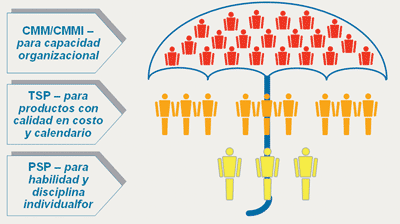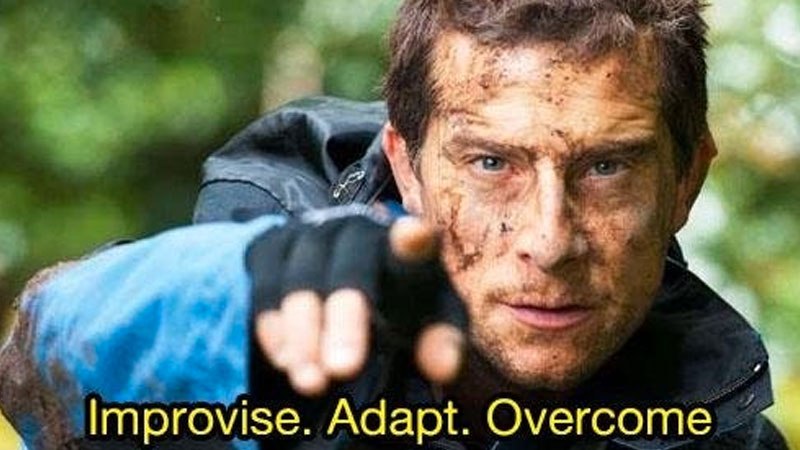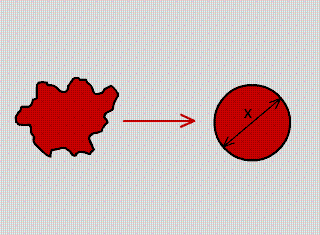These are the topics that I will be focusing regarding software models and standards:
- CMMI
- TSP/PSP
- ISO-I15504
- MOPROSOFT
- IDEAL method
CMMI
Capability Maturity Model Integration (CMMI) refers to a model that helps organizations to improve their processes. So the creators of this are the SEI along with the US government.

This model evaluates three specifics sections:
- Process and service development.
- Service establishment and management.
- Product and service acquisistion.
But its also supposed to be a behavioral model that can help on the behaviour of the organizations, so they identify different levels of maturity which indicates how an organization will act on different situations:
- Initial
- Managed
- Defined
- Quantitatively managed
- Optimizing

Initial 
Optimizing
At first this model was supposed to be focused in software engineering only but now it can be used in service development.
TSP/PSP

Both PSP (Personal Software Process) and TSP (Team Software Process) are based on processes that involves stablishing goals, the plan, measure and tracing of the work, however, as their names implies PSP focuses on personal processes while TSP focuses on team work but using the same principles of PSP but with aditional steps.
It kinds remind me of…

A little image to represent PSP,TSP and CMMI

ISO-15504
The Software Process Improvement Capability Determination is a model for the evaluation of the processes on software development products.
Objectives:
- Develop a standard evaluation for software processes
- Evaluate the development of such processes in the industry
Why is importan this model?
The technology industry increased vigorously and it seems that different organizations need to adapt and follow certification processes so they face a competitive market.
But in the other hand it seems that pretty much the organizations are “force” to follow this since other ogranizations impose the necessity to guarantee a detail evaluation regarding IT processes.

MOPROSOFT
It focuses on software development and maintenance by following of practices and processes of management.
Some characteristics:
- Facilitates the compliance of other models (Pretty much othe ISO).
- It’s simpe to adopt.
- Low cost on implementation.
This model focuses more in management and it has three categories:
- High Management (Management of business)
- Management (Management of processes, projects and resources)
- Operation ( Management of specific projects and development and maintenance)

IDEAL method
Initiating, Diagnosing, Establishing, Acting and Learning method its and improvement model for CMMI and other similiar processes

As it’s a process improvement that realiseas a methodical framework for organizations in planning and implementing processes.

Initiating 
Diagnosing 
Establishing 
Acting 
Learning
The IDEAL model structure:

That’s it for all the 5 models…










